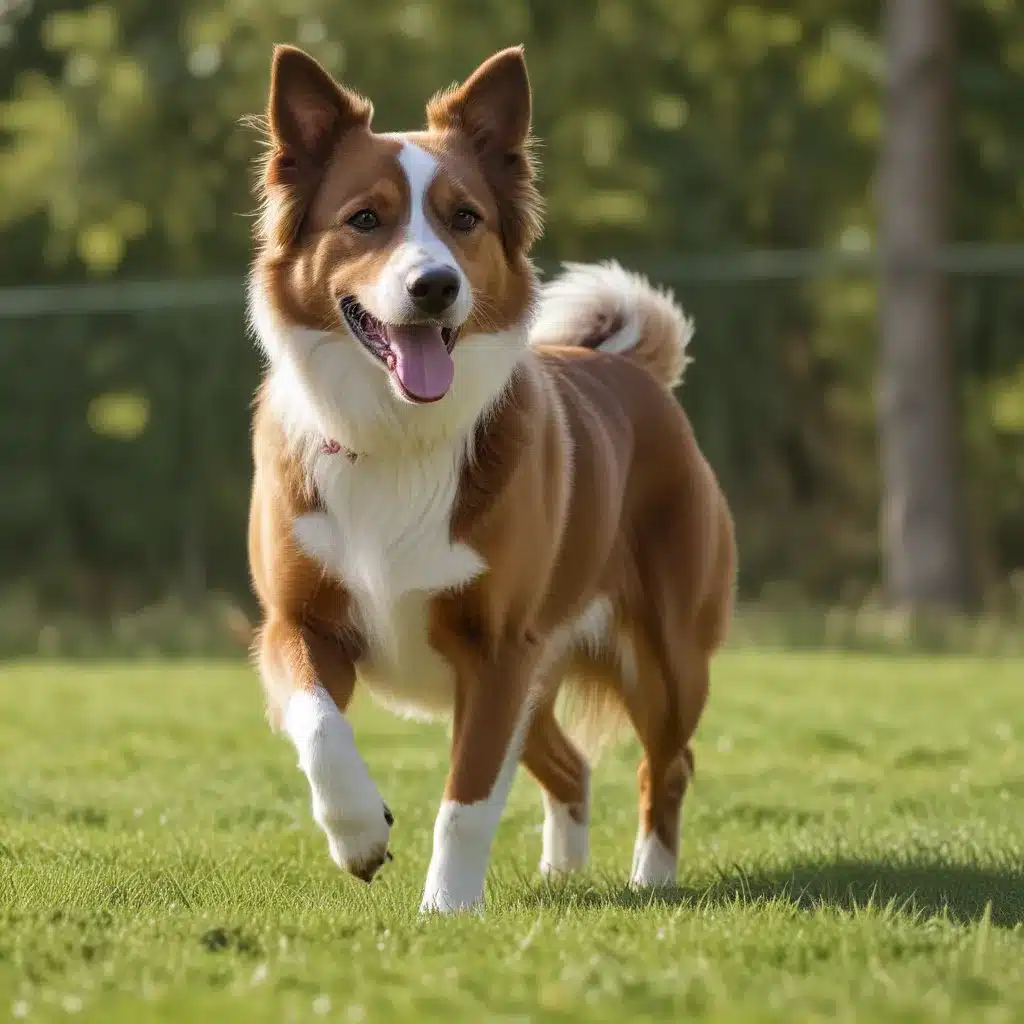
The Dog Owner’s Dilemma: Balancing Exercise Needs for Less Active Breeds
As a proud dog owner, I’ve always relished the opportunity to take my furry companion on long, invigorating walks. There’s something truly special about the bond we share during those moments of exploration and adventure. However, as I’ve learned over the years, not all dogs are created equal when it comes to their exercise needs.
My latest addition to the family, a delightful pug named Milo, has shown me that the one-size-fits-all approach to dog exercise simply doesn’t work. Milo is the epitome of a less active breed – content to spend hours curled up on the couch, basking in the warmth of my lap and the occasional ear scratch. Contrast that with my previous dog, a high-energy border collie who could run circles around me for hours on end, and you can see why I’ve had to rethink my approach to canine fitness.
Recognizing the Unique Needs of Less Active Breeds
It’s easy to fall into the trap of assuming that all dogs require the same level of physical activity. After all, we’ve all heard the old adage that a “tired dog is a good dog.” But the reality is far more nuanced, especially when it comes to breeds like pugs, French bulldogs, and cavalier King Charles spaniels.
Studies have shown that these breeds, often referred to as “brachycephalic” due to their distinctive facial features, have a reduced capacity for physical exertion. Their short snouts and compact bodies make it more difficult for them to regulate their body temperature and catch their breath during prolonged exercise sessions.
Pushing these dogs too hard can lead to a host of health issues, from overheating and respiratory distress to joint and muscle strain. It’s a delicate balance that requires a deep understanding of your dog’s individual needs and limitations.
Adapting Your Exercise Routine
When it comes to exercising a less active breed, the key is to find a routine that meets their physical and mental stimulation needs without overtaxing their resources. Experts suggest that shorter, more frequent walks, coupled with interactive playtime and cognitive challenges, can be far more beneficial than long, grueling hikes.
For Milo, our daily routine looks something like this: a brisk 20-minute stroll around the block, followed by a game of hide-and-seek with his favorite treat-filled toys. I also make sure to incorporate plenty of mental stimulation, such as teaching him new tricks or challenging him with puzzle feeders that engage his problem-solving skills.
The key is to pay close attention to your dog’s cues and adapt your approach accordingly. If Milo starts to pant heavily or becomes visibly fatigued, I know it’s time to call it a day and let him rest. Pushing him beyond his limits would only lead to unnecessary stress and potential health issues.
Embracing the “Nothing” Exercise
One of the most valuable insights I’ve gained from Stacy Barnett’s blog is the concept of the “nothing” exercise. This revolutionary idea challenges the traditional notion that a dog’s well-being is solely dependent on physical activity.
The premise is simple: teaching your dog to relax and “do nothing” can be just as important as their daily walks or playtime. By rewarding Milo for calmly resting on his bed or quietly observing his surroundings, I’ve seen a remarkable transformation in his behavior. He’s less prone to restlessness and destructive tendencies, and our bond has only grown stronger as he’s learned to trust me to meet his needs.
Striking the Right Balance
Exercising a less active breed is a delicate dance, one that requires patience, understanding, and a willingness to adapt. It’s easy to fall into the trap of comparing our dogs to their more energetic counterparts, but the reality is that each breed has its own unique set of physical and mental needs.
By embracing the “nothing” exercise, tailoring our activity routines, and keeping a close eye on our furry friends’ cues, we can ensure that our less active companions live happy, healthy, and fulfilling lives. And who knows, maybe one day Milo will surprise me with a sudden burst of energy, reminding me that even the most sedentary of pups can still find joy in the simple act of chasing a ball or conquering a new obstacle course.
In the meantime, I’ll continue to cherish our couch cuddles and low-key adventures, secure in the knowledge that I’m providing Milo with the care and attention he deserves. After all, at the end of the day, a well-exercised dog is a happy dog, regardless of their breed or energy level.
If you’re the proud parent of a less active breed, I encourage you to explore the resources available on ihavedogs.com. There, you’ll find a wealth of information and support to help you navigate the unique challenges and joys of owning a canine companion with a more relaxed temperament.

